Chhatrapati
BANNED

- Joined
- Aug 4, 2016
- Messages
- 11,579
- Reaction score
- -22
- Country
- Location
Whatever, read the thread title. Before making stupid claims.May be his disciple carried on his legacy from other fronts.
Follow along with the video below to see how to install our site as a web app on your home screen.
Note: This feature may not be available in some browsers.

Whatever, read the thread title. Before making stupid claims.May be his disciple carried on his legacy from other fronts.

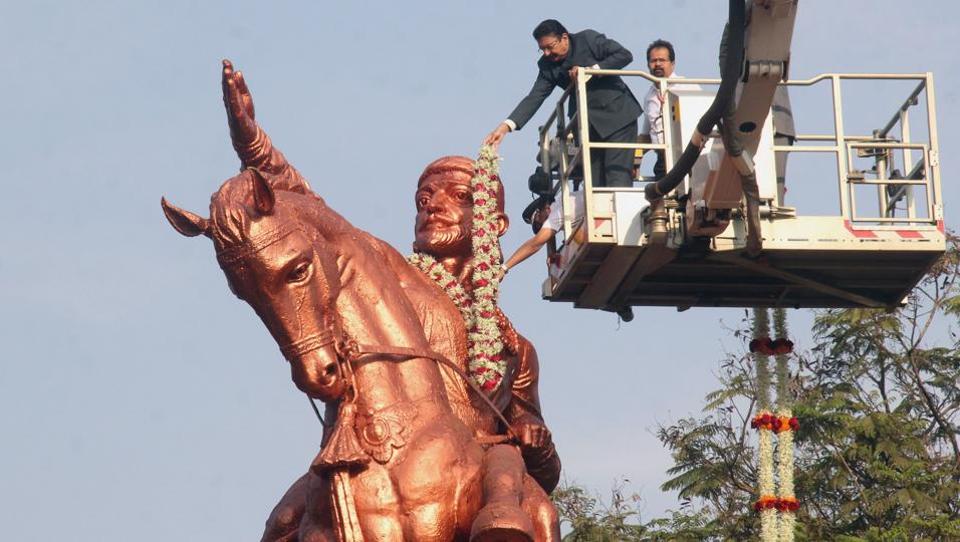

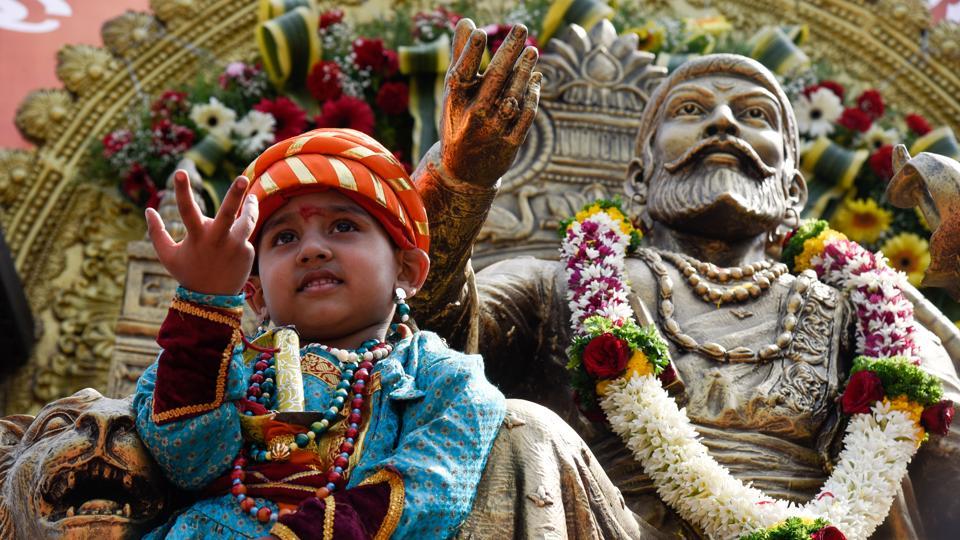


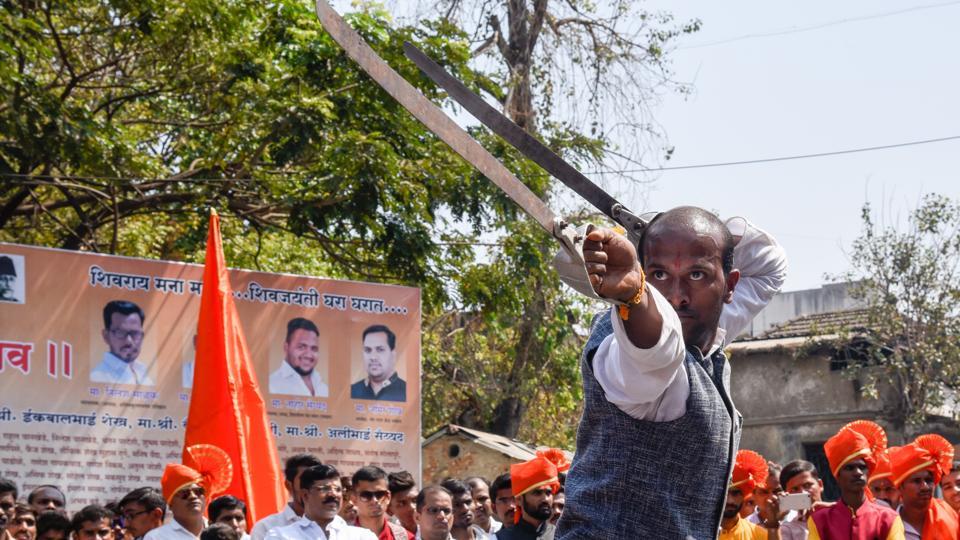
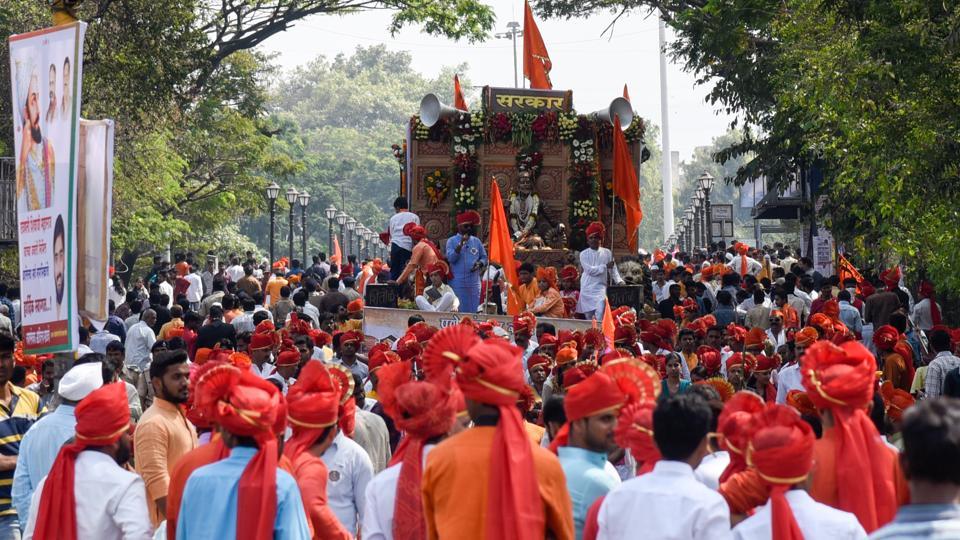
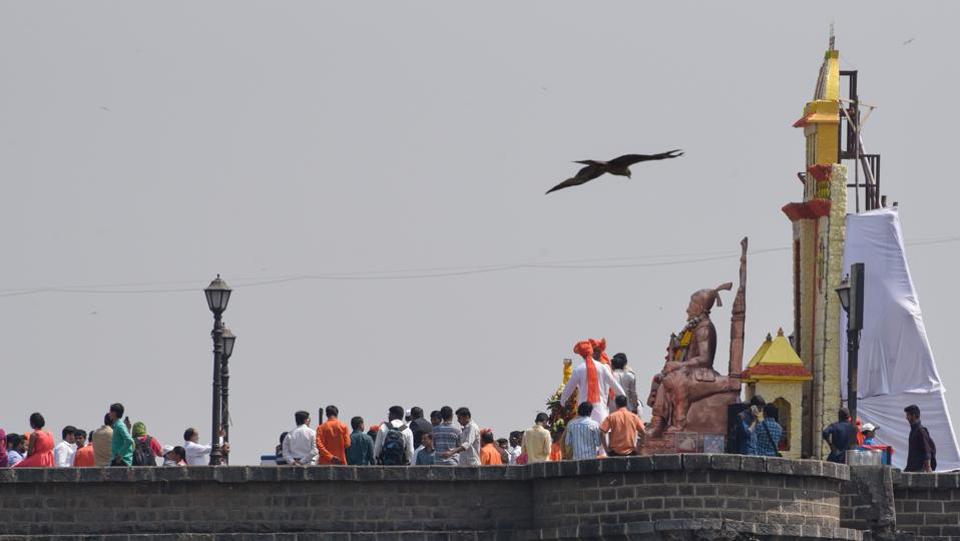

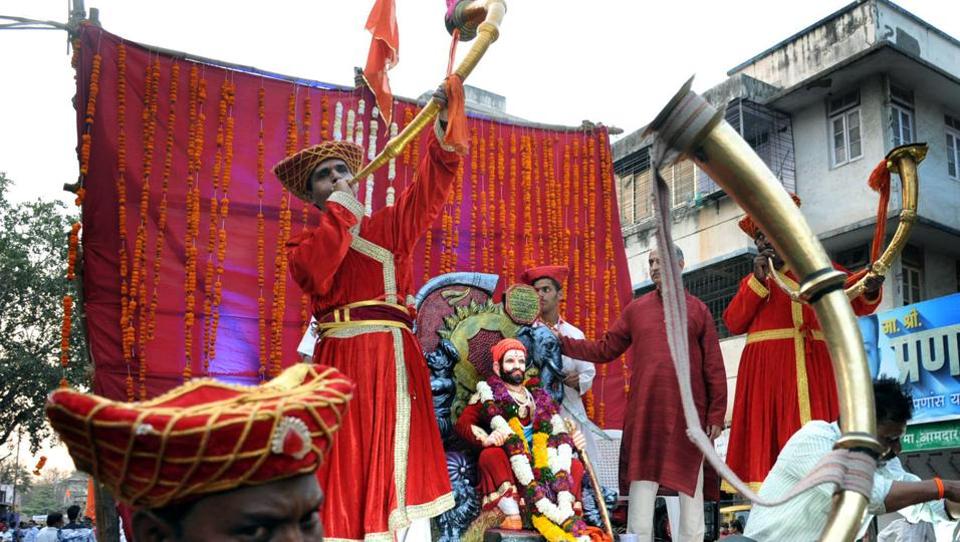

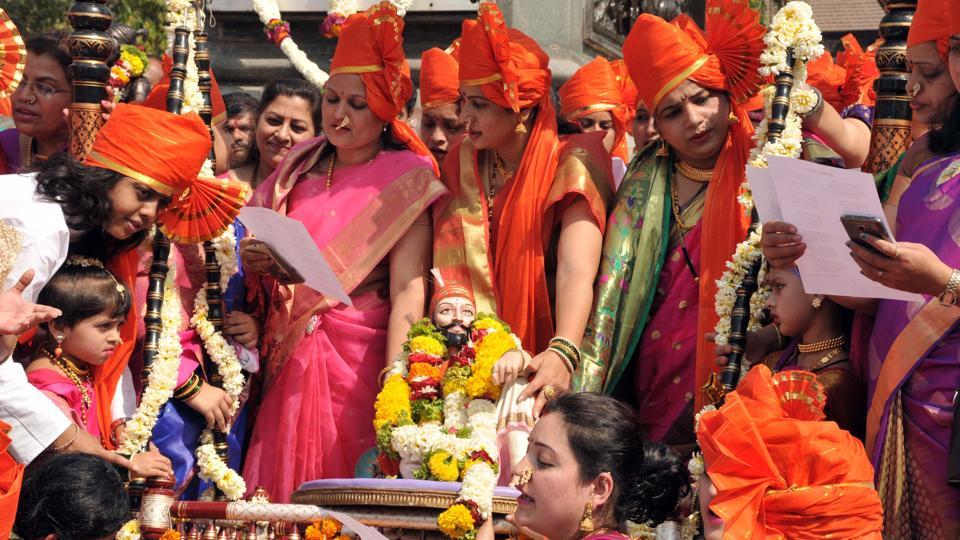
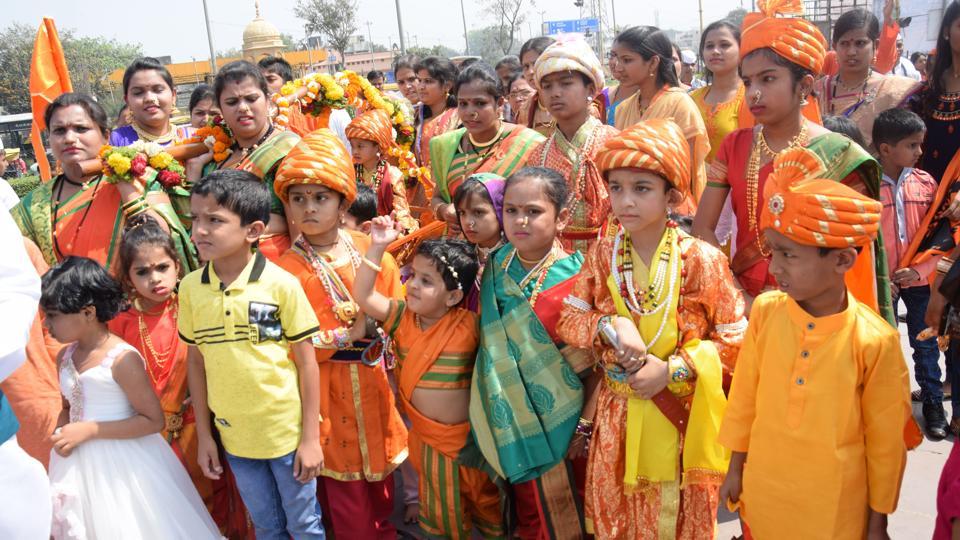




He is the guy who used to raid bengal and loot and kill peasants on the outskirt of the province. There were a lot of folklore we have in our text book on those bandits. People used to call them borgi.
Anyways its good that hindus found a hero to talk about.

No he never crossed Narmada in his life , how can he loot Bangal ?
First check your history .

No he never crossed Narmada in his life , how can he loot Bangal ?
First check your history .
It is a part of the Turko-Arabic-Persian history that they are taught. Not the real one remember.
Ask him what happened in 11th century in these three regions, he will tell you word-by-word.
Ask him about the region around his native land and all he will have is abuse for the Hindu and sister communities.

Go read some book Bdeshi.
Shivaji died in 17th century and the first invasion of Bengal happened in 18th century.
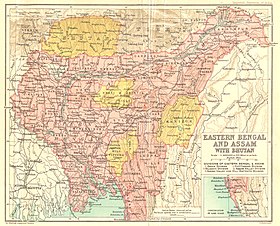
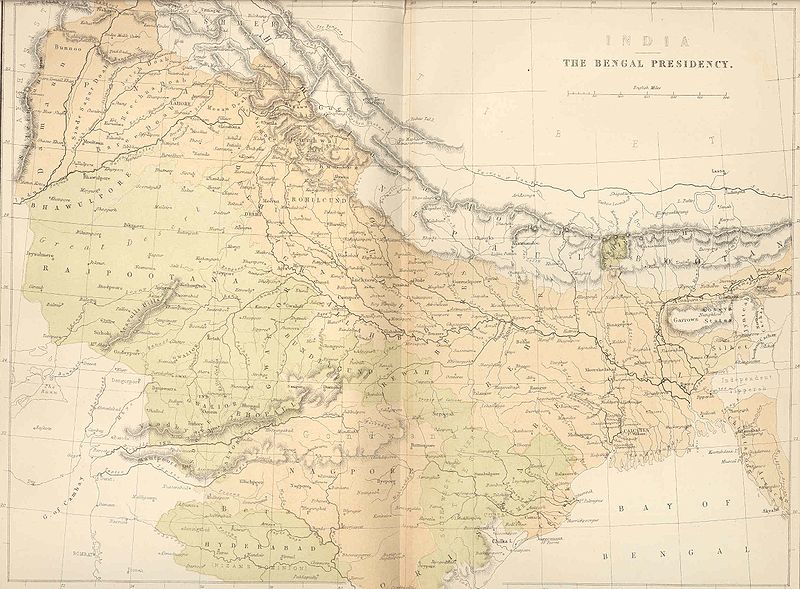
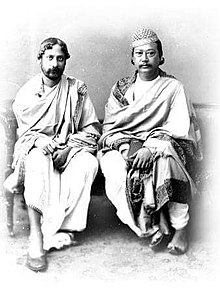 Tagore with Maharaja Radha Kishore in 1900
Tagore with Maharaja Radha Kishore in 1900
Very nice article.The predecessor state of Tripura was founded about 100 AD. According to the Manikya dynasty derived its name from a jewel ('Mani' in Sanskrit) that had been obtained from a King Cobra. The first king who ruled the state under the royal title of Manikya was Maharaja Maha Manikya who ascended the throne in 1400.
In 1764, when the British East India Company took control of Bengal, the parts of Bengal that had been under the Mughal Empire were taken over by the British administration. In 1809 Tripura became a British protectorate and in 1838 the Rajas of Tripura were recognised by the British as sovereigns. Between 1826 and 1862 the eastern part was subject to the ravages caused by Kuki invaders that plundered and destroyed villages and massacred their inhabitants.
There were troubles in every succession among the Tripura royal family members when the aspiring princes often resorted to use the services of the Kukis to cause disturbances. Thus in 1904 the British enacted a sanad that regulated permanently the succession of the royal family. Thenceforward the succession would have to be recognised by the Viceroy of India representing the British Crown.

Bengali academics and politicians admit migration was high after in 1947, but the forebears of the Bengali migrants were essentially subjects or tenants of Tripura’s Manikya kings since the 13th century. Tripura became a princely state during British rule. The kings had sway over Hill Tippera, the hilly kingdom roughly the present area of Tripura, besides a zamindari in British India called Chakla Roshanabad or Tippera, comprising five districts of the present-day Bangladesh, then called East Bengal. These districts are Comilla, Brahmanbaria, Noakhali, Chittagong and a part of Sylhet. The kingdom’s revenue came from the resources-rich areas inhabited by Bengalis. The royalty, belonging to the largest group called Tripuri, didn’t just keep the Bengalis in the plains of Chakla Roshanabad. The Rajmala, Tripura’s royal chronicles, says the kings brought educated Bengalis to run the administration and encouraged settlement of Bengali peasants with incentives like land grants.
1858 map of the Bengal Presidency and 'Independent Tipperah'

Tagore with Maharaja Radha Kishore in 1900
Tripura is often cited in the northeastern region as an example of how migration can alter the demographic pattern of the State. Census data show the population of Tripura’s 19 Scheduled Tribes dropped from 63.77% in 1881 to 31.78% in 2011. This is attributed to the migration of 6.10 lakh — the figure almost equal to the State’s total population in 1951 — between 1947 and 1971. Going by the language census of 2011, Tripura has 24.14 lakh Bengali speakers, thrice the 8.87 lakh who speak Kokborok, the language of the largest group. Unlike the NRC of Assam, where the cut-off date for excluding the putative foreigners is March 24, 1971, groups in Tripura want July 19, 1948, as the date of determining migrants as per the provision of Indian nationality laws for people who migrated from territories . The Tripura People’s Front suggested this cut-off date in its petition. The petition followed former extremist leader and chief of Indigenous Nationalist Party of Tripura meeting with Union Home Minister Rajnath Singh.
When did the conflict begin?
King Bir Bikram Kishore Manikya (1923-1947) realised that his subjects could be outnumbered by the Bengalis and created a 2,050-square mile reserve in 1943 for the Reang, Halam, Noatia and Jamatiya tribes. This was the precursor to the Tripura Areas Autonomous District Council, total 19 other tribes. The fear of being swamped by Bengalis led to tribal extremism, first in the 1960s, and with more intensity two decades later. Groups killed 1,400 Bengalis in 1980, but counter-insurgency operations made most outfits declare truce by the late 1990s. The scars remained, so much so that NGOs pushed for switching the script of their Kokborok language from Bengali to Roman. The demand for Twipraland, a state for 19 other tribes gained ground.






